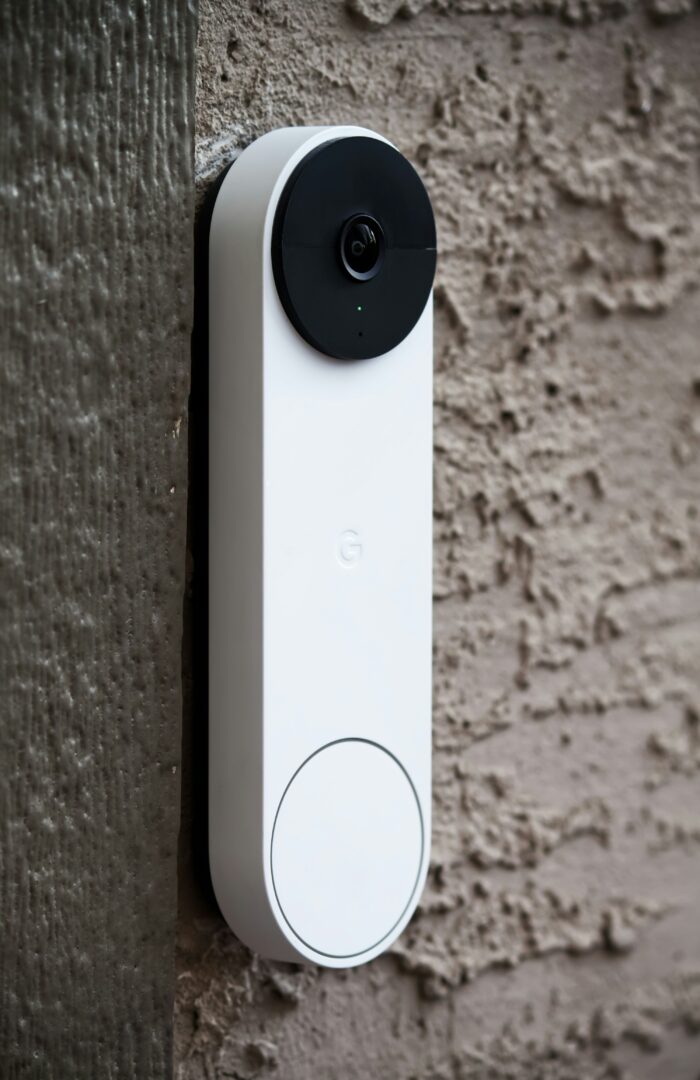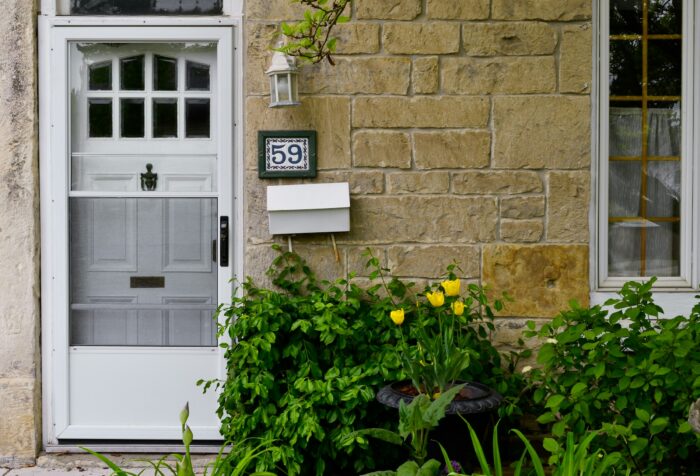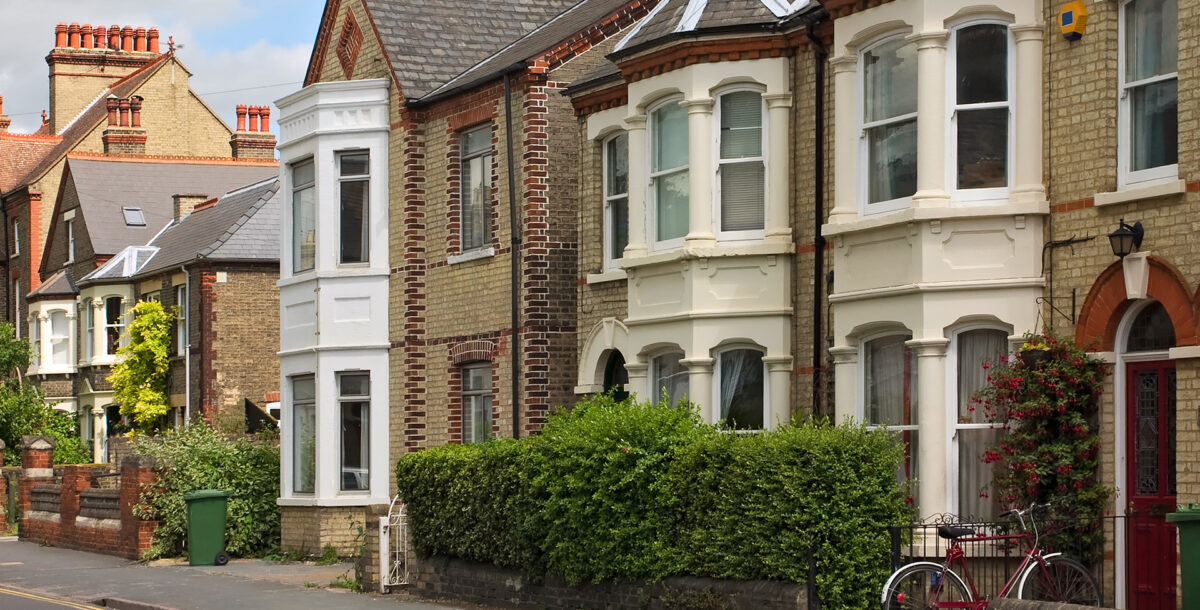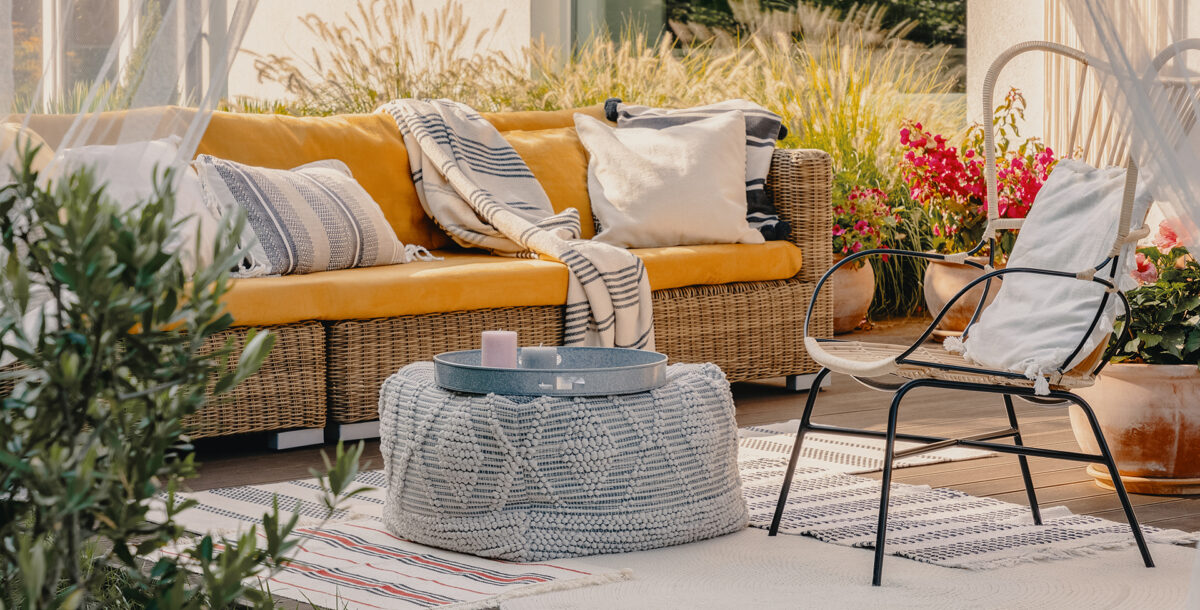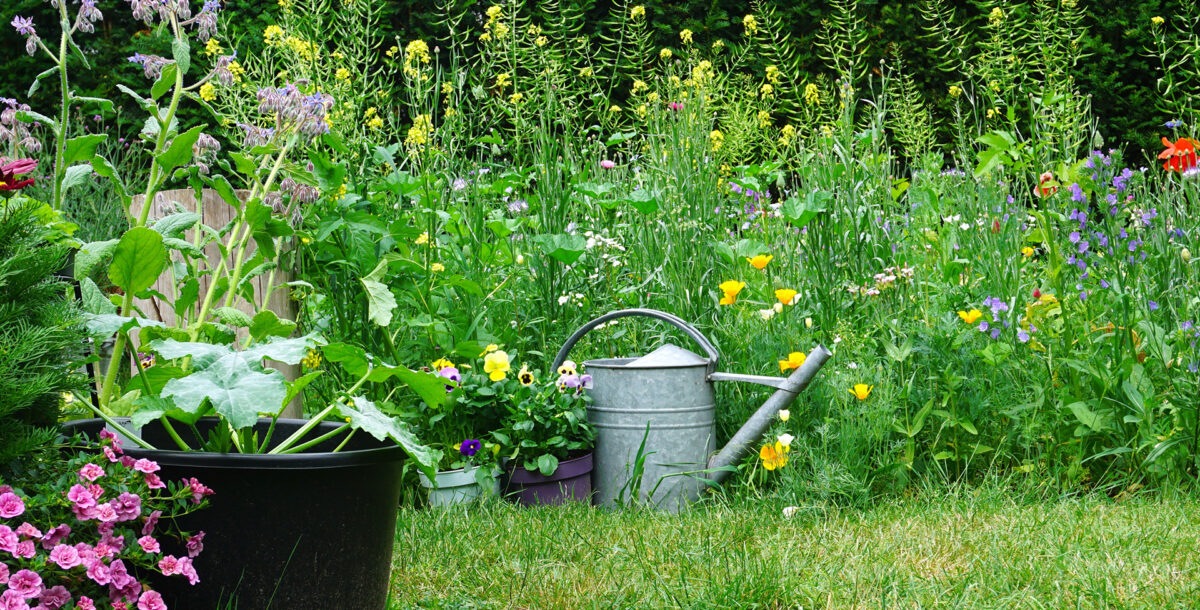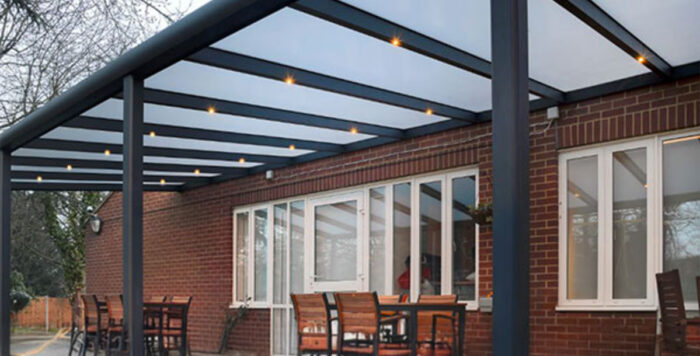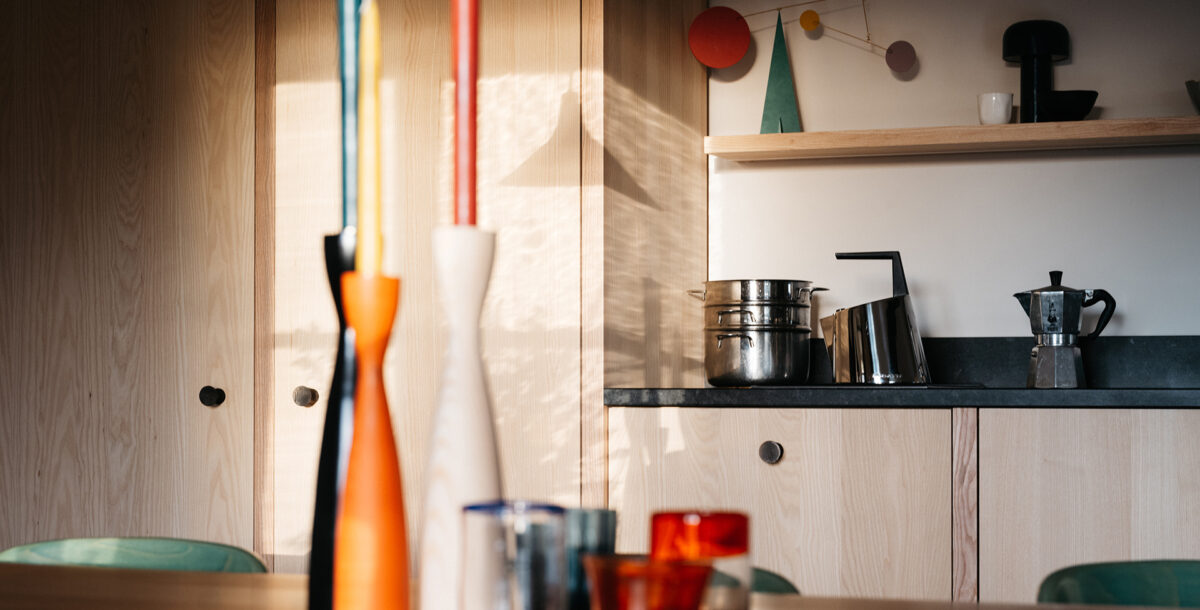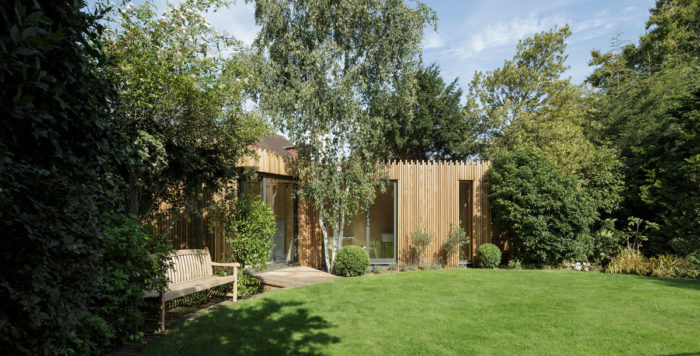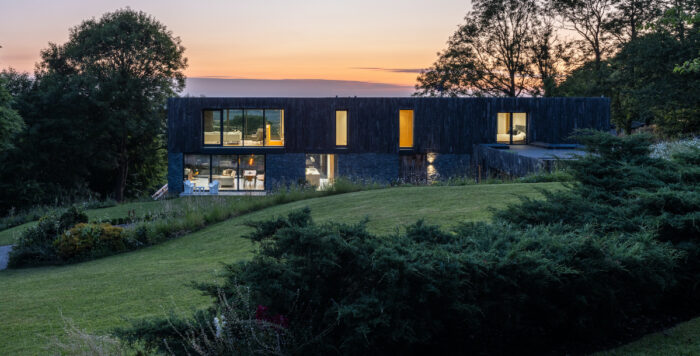Live in landlords tips: 8 ways to make your home safe for lodgers
Opening up your home to others is no small decision - here's a few things you should consider when doing so
Being a live-in landlord is growing in popularity in the UK. From famous student towns like Brighton to first-time buyers renting out rooms in their newly purchased properties.
Living-in as a landlord has also become a popular tool for helping to cut costs when paying off your mortgage – however, opening up your home to others is no small decision, so there are a few things you should be considering when doing this.
We spoke to three property and safety experts on how to make your home safe for your lodgers and yourself.
Dave Sayce is the Founder and Managerial Director of Compare My Move.com, a comparison site for conveyancers, surveyors and other property services.
Dale Allen is a health and safety expert and award-wiining author, who helps individuals, home and workplace with health and safety through his company,The Safety Verse.
Lastly, Lior Kahana is the Operations Manager at 123 Remodeling,with plenty of experience with high-end kitchen, bathroom, and full-home renovations.
1. Security cameras
In this modern day, there are various ways to install security cameras that are made accessible to you remotely. Video doorbells are one of the most popular forms of security cameras.
You can watch who is at your doorbell whilst away from home, as well as speak through it and hear what others are saying in the viewing area of the security camera.
Whilst this is a useful tool to help deter burglars, it is also a helpful addition for when you or your lodger have a parcel delivery you may not be home for.
You can provide your lodger with login access to the remote video doorbell app to help them feel more at ease if they have a delivery they are not home for as the security camera will pick up any footage surrounding this.
Leaving a delivery on a doorstep or in a secret place will help protect yourself as a live-in landlord and help your lodger feel safe.
2. Survey your property for structural issues
Dave Sayce is the Founder and Managerial Director of Compare My Move surveying homepage. He says surveying your property for any structural issues is important before inviting lodgers to live at your property.
“Understanding the current and potential issues with your property is crucial for ensuring the safety of both you and your tenants.
In the UK, this often involves conducting a property survey. There are various types of surveys available to property owners or buyers, each differing in cost and level of detail”, Sayce says.
He continues: “If you’re a landlord, you might consider a homebuyer survey, particularly if your property is relatively new.
However, I recommend opting for a building survey. This type of survey is more detailed and better at identifying potential structural issues that could arise in the future.”
Dave says it’s particularly important to address problems early if you plan to do any structural work on your property.
Building surveys are more thorough and typically cost about £139 more on average compared to a homebuyer survey.
But depending on your circumstances, the cost can vary. “Investing in a more detailed survey can save you money and hassle in the long run by catching issues before they become major problems”.
3. Fire Safety
Dale Allen at The Safety-Verse says that fire safety is at the top of the list for safety.
From unattended cooking to overloaded electrical sockets, Dale acknowledges that whilst accidents can happen, many can be avoided with the right precautions.
He says: “Install working smoke alarms on every floor and carbon monoxide detectors where necessary, ensure fire doors are installed, especially if you’ve modified the property to include additional structures and provide clear fire evacuation instructions and ensure tenants know where fire extinguishers are located.”
4. Secure button batteries
Perhaps a more easily neglected hidden danger of offering a lodger is button batteries -but if you have a lodger who also has young children, it’s important to not overlook the danger button batteries could cause.
Dale Allen says: “These tiny batteries are found in everything from remote controls to children’s toys, and the risk they pose when swallowed is catastrophic.
“If swallowed, they can burn through a child’s oesophagus within hours, causing internal bleeding and potentially fatal injuries. Children under five are at the highest risk.”
To help prevent such incidents from happening, Dale says: “If you’re providing furnished accommodation, check that any items with button batteries have secure compartments that cannot be easily opened by children.”
5. Separate entrances make life easier
Lior Kahana at 123 Remodeling says that separate entrances make your property more accessible.
This can also help when lodgers are moving in and moving out.
“A side door or converted back entry can give you and your tenants your own space to come and go. It’s one of the easiest ways to set boundaries.”
Although of course living in your home, private space is an unspoken expectation that is appreciated by both yourself and lodgers and so this is an example of doing this in a structural aspect.
6. Keep the Shared Kitchen Functional
Whilst the aesthetic design of kitchens appeals to potential lodgers, the functionality of the kitchen is even more important in shared properties for safety.
Lior says: “Start with designated cabinets or shelves to keep items organised and separate. These don’t necessarily need to be labelled, but their purpose should be communicated to avoid confusion. It helps everyone feel they have their own space.”
He also recommends appliance garages as a smart solution for countertop clutter, “Small appliances like toasters and kettles can be tucked away when not in use, keeping surfaces clean and tidy.”
If space permits, Lior recommends considering adding a breakfast bar.
“It serves as a secondary prep area and casual dining spot, keeping the main cooking zones clear.”
He adds: “Durable finishes like quartz countertops and tile backsplashes make the kitchen easy to maintain.
“They’re resistant to scratches, stains, and wear, ensuring the space stays functional and polished for everyday use.”
7. Clear boundaries between shared and private areas
To help ensure there are boundaries in private areas of your home, consider the maintenance and structure of shared versus private areas.
Lior says “Private areas, like bedrooms or home offices, should have locks to make it clear they’re off-limits. Shared areas, like kitchens or hallways, should feel neutral and clutter-free.
“Simple design choices—like matching colours and streamlined furniture—help keep these spaces comfortable for everyone.”
8. Use lighting to define spaces
Lighting shapes how a space feels. Lior says: “In private areas, like bedrooms or home offices, use warm, ambient lighting. Dimmable fixtures, table lamps, or wall sconces work well. They can make the space feel more private and personal.”
For shared spaces, like kitchens or hallways, he recommends: “brighter, task-oriented lighting keeps things practical and functional. Overhead lights, under-cabinet strips, or adjustable pendants are great options.”
“Motion-sensor lights in hallways and transitional areas add convenience and subtly reinforce boundaries between zones. Decorative lighting, like a pendant in the entryway or a stylish floor lamp in shared spaces, can add personality while making the property feel more curated.”
Looking for tips as a property landlord? Check out these tips on turning your home into an Airbnb or how to deal with mould.
Do you live in a Victorian home? Check out these tips on how to make a Victorian house more eco-friendly.


